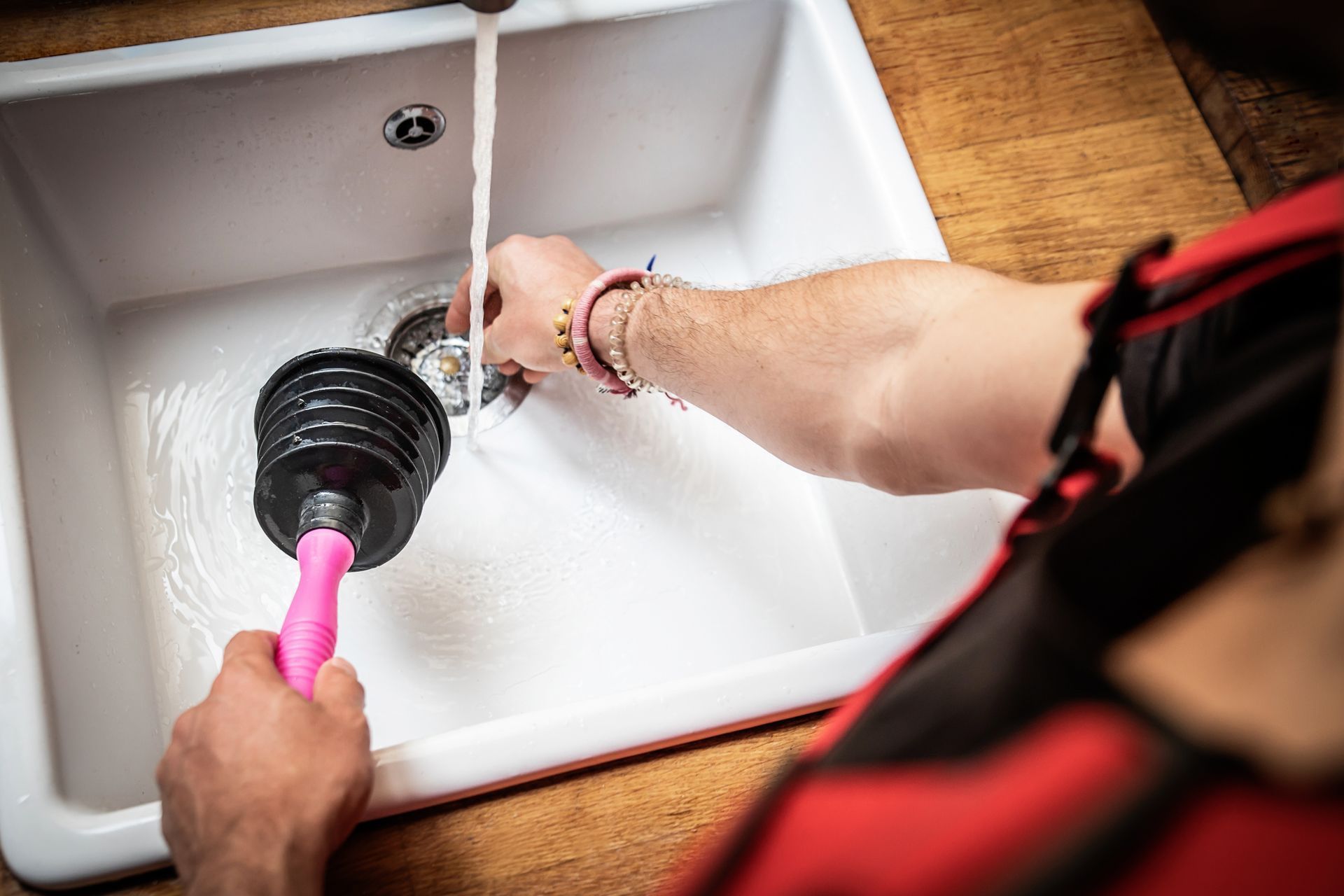4 Common Sump Pump Issues
Your sump pump is your lifeline that eliminates excessive water build-up in your basement. A functional sump pump ensures that you keep your foundation or basement dry and free from water damage. However, like all mechanical appliances, sump pumps are also prone to failure.
As a homeowner, you must detect sump pump issues early to repair them and avoid any escalations that might eventually lead to more costly repairs or replacements. Review this outline of four common sump pump problems and their causes.
1. Mechanical Issues
Strange noises and vibrations usually highlight mechanical issues with the sump pump. Each of the following noises occurs for different reasons:
- You will hear bang noises when the pump turns on or off due to a water hammer problem.
- Your pump will make clank sounds when the water faucets shut off as a result of a sudden activation or deactivation of water flow.
- Hums may indicate a stuck relay.
- A thunk or clunk noise around the water tank, piping, or control switches results from a failing pump relay switch, possibly due to a deteriorated check valve or loose piping.
- Grinding or rattling pump noises may indicate a broken pump impeller or debris inside the impeller assembly.
- Loud rattles that change to a quieter hum may mean the pump has lost and regained its prime.
- Screams, screeches, and whines may indicate worn or damaged bearings at the well pump impeller or motor.
- Vibration, shaking, and clanks, especially when the pump starts or stops, may highlight loose pump motor mounts.
If you aren’t sure how to describe a sound, record it so that you can share it with your plumber and they can identify the issue.
2. Incorrect Sump Pump Installation
When you install a sump pump, ensure that it is the correct size for the surface area of the basement and the typical flooding levels. Fitting a sump pump that is too large will cause it to work too hard and will shorten its lifespan. Conversely, a pump that is too small will not be able to pump out water efficiently, and its motor is likely to burn out.
To ensure the pump works correctly and will last, your installation technician must follow the manufacturer's instructions for installation, including the fitting of a check valve and a small air relief hole on the discharge line.
Also, ensure that the pump you install is from a reputable manufacturer that uses high-grade materials. Sump pumps are prone to defects if they use cheap materials or are not designed to handle a lot of rain. For example, a low-quality motor may struggle to remove the water in a basement, which can lead to the pump's failure.
3. Dislodged or Stuck Switch
Sump pumps use a switch and a float arm to operate correctly. If the switch becomes stuck, the pump will not operate because the float will be ineffective. To test this issue, one should pour water into the sump pit. Repairs are necessary if the pump does not activate when the water is above the proper level.
Also, the float arm can dislodge when the pump shifts from its position in the basin. In this case, check for any dislodged switches. If the switch is dislodged, the pump will malfunction.
4. Power Failure
Sump pumps rely on electricity to protect basements from flooding. Unfortunately, power outages due to storms, lightning, and floods can render them inoperative and leave a basement vulnerable to flooding. Additionally, power surges can also damage the sump pump's components, which can jeopardize the pump's functionality.
Familiarity with these problems can help you understand when to take the necessary action to restore your pump's functionality. We recommend checking with a contractor or an engineer who knows about home drainage systems. If you require professional assistance with your sump pump's repairs, contact us at O'Fallon Sewer Service, and we will reach out to you as soon as possible.








